No products in the cart.
World Famous Star Thistle Honey
The fields around our Northern Michigan farm are filled with the distinctive purple of the star thistle flower. For over 30 years, we’ve been helping our hives harvest a distinctive and world-famous varietal of honey from these flowers.
Originally from the Mediterranean area, the flower has taken hold in soils around the US, overtaking other natural plants. This does pose challenges for local ecosystems, but the star thistle provides one superb benefit – the great tasting, nutritious honey bees produce from it.
What is Star Thistle?
There are several types of star thistle flowers used in honey production.
The star thistle plant comes in purple, yellow, and red varieties. Star thistles are part of the Centaurea genus.
They produce a lot of nectar and tend to cluster together when they grow, which makes them great for honey production.
The purple spotted knapweed variety is very common here in Michigan. Purple star thistle begins to bloom and mid-summer, and it continues into the autumn depending on weather conditions.
The spotted knapweed has a distinct appearance. Rosettes form from the buds on the root crown of a deep taproot. There is a short stalk, which can grow to eight inches long and two inches wide. Flower stems are eight inches to four feet tall and branch on the upper half. Flower heads are solitary or small clusters.
Star thistle has four stages in its lifespan – seeds, seedlings, rosettes, and flowering plants. The plant can stay in any of these stages for more than a year, but it can also go from seedling to flowering plant within one growing season.
In the past, spotted knapweed was used by herablists in their treatments. For instance, it was used in the 14th century as an appetite stimulant, a sore throat remedy, and as a topical wound healing agent.
Few animals eat the plant, which combined with its hearty nature, allows it to crowd out other competitors.
Our Star Thistle Honey
Star thistle is a popular monofloral honey. A monofloral honey is a honey that is produced predominantly from the nectar of one specific plant.
The honey of the star thistle is light gold in color, and is often described as having a floral taste. It is a thick, light honey, and some would say it smells like almonds.
The pleasant, but not overpowering, taste of star thistle makes it perfect for the wide line of products we produce here at Sleeping Bear Farms and next door at St. Ambrose Cellars. Star thistle provides the base for our line of honey creme, our mustards, and many of the meads that are produced at St. Ambrose Cellars.
2 thoughts on “About Star Thistle Honey”
Comments are closed.
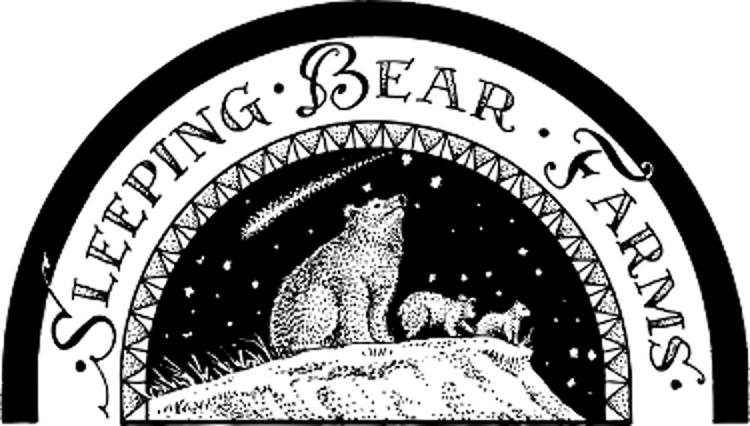
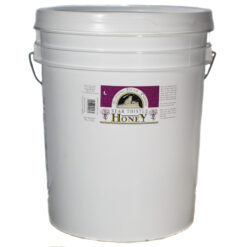
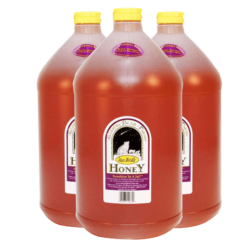
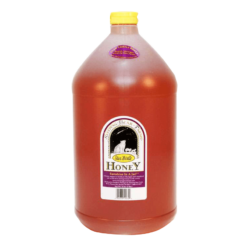
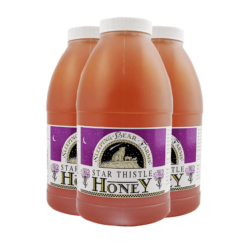
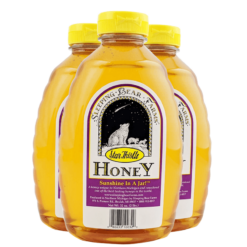
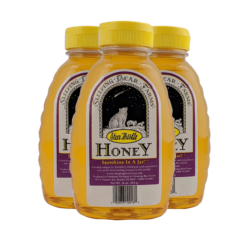
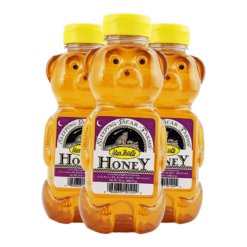
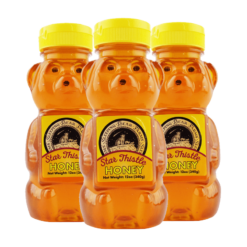
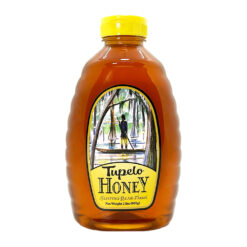
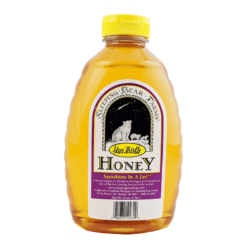

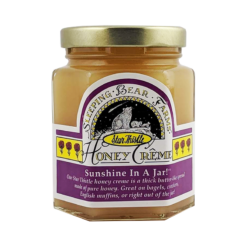
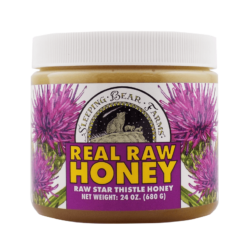
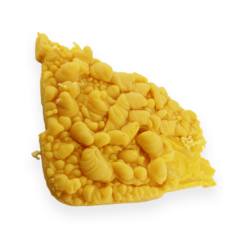
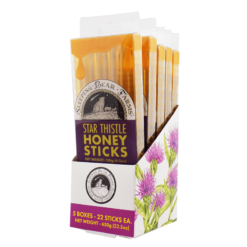
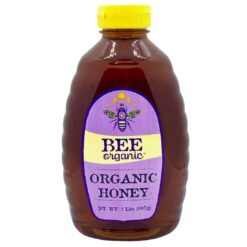
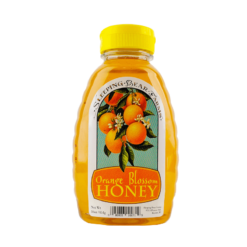
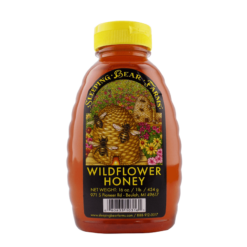
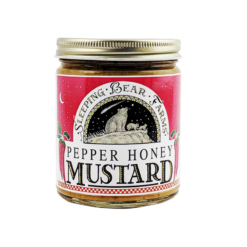
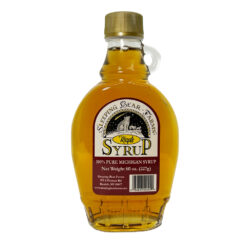

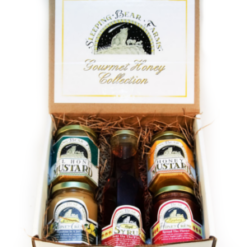
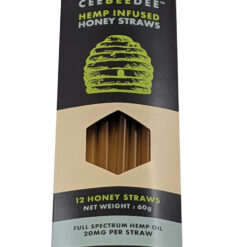
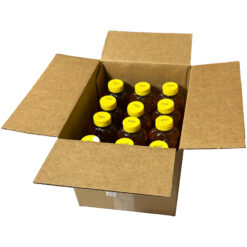
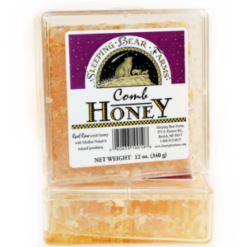
Pingback: The art of food photography + styling 2013
Pingback: Is Mead Profitable? A Look At The Costs And Potential Earnings Of Selling Honey Wine – SloWine